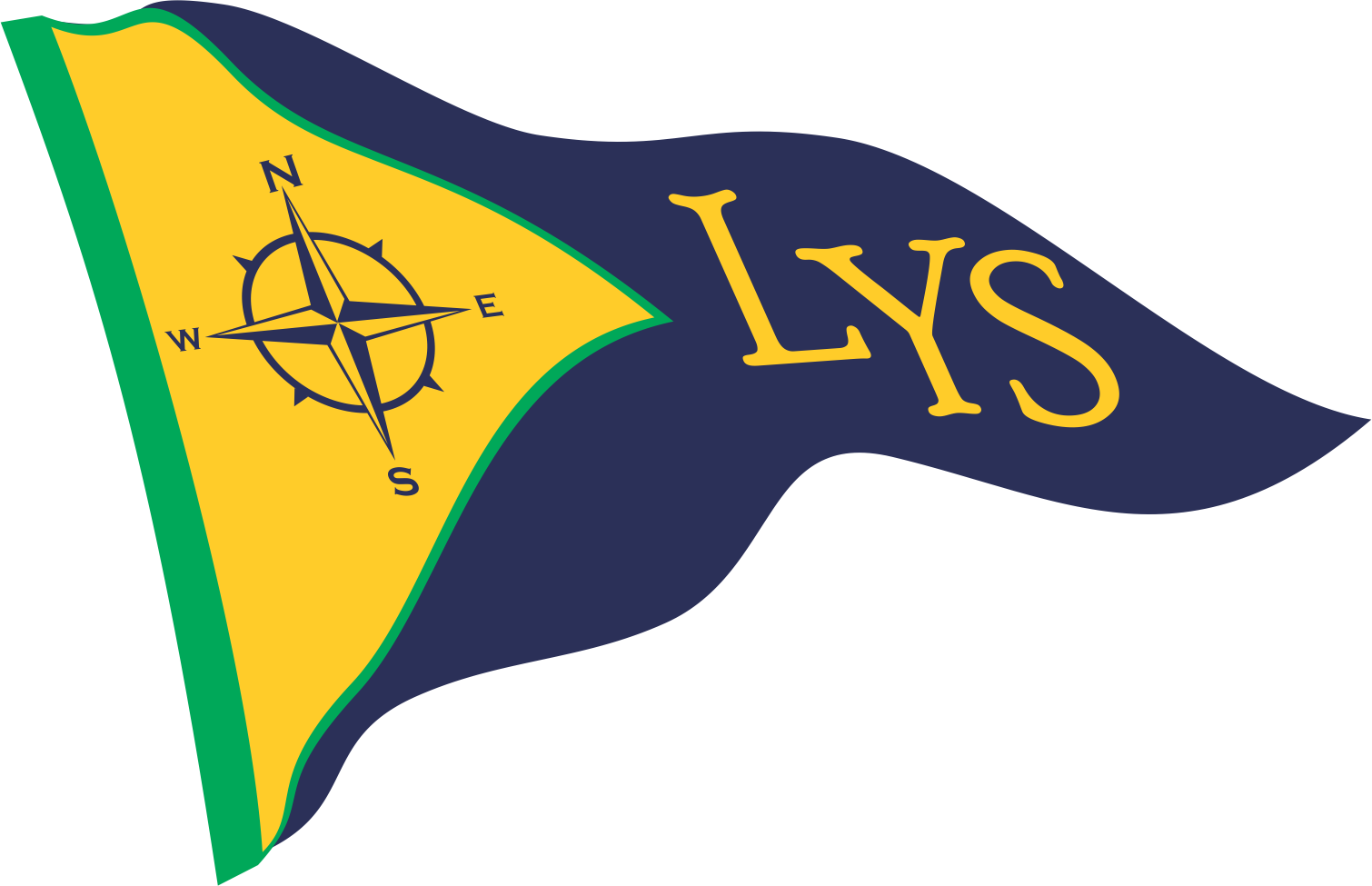The Herreshoff 12 ½’s
Popularity is not necessarily much of an indicator of good design in one-design classes; there are plenty of examples of popular designs that are nothing special but hit the spot for reasons of cost, availability or marketing; or simply because the founders of the class paid for the design and some were well motivated to make it work.
However, when a design is in practically continuous production for over a century, spawns dozens of imitations, triggers lawsuits and earns itself such sobriquets as “the finest small boat of all time”, you’d be a fool not to assume that this was the exception that proves the rule. The original name of the Herreshoff 12½ was the “Buzzard’s Bay Boy’s Boat” and that is actually all you really need to know.
We tend to teach people to sail in dinghies. This is curious in a way; certainly it forces you to get to grips with the reality that water is often cold, but it must be responsible for a large proportion of people who drop out of the sport; choose your first day badly and you can spend a high proportion of it bored, scared, wet, or all three. If your first day was on a 12½, chances are surely much better that you’d come back for more. For one thing these are keel boats, with a hefty ballast ratio (approaching 50 per cent), a healthy beam/length ratio and modest rig; your chances of capsizing one is vanishingly small. Then they are deep enough to offer security when it first starts to heel; it’s large enough for friends to share the experience and move about without imperiling anything; and lastly it is responsive enough to reward but forgiving enough not to punish inexperience.
You can forget everything else and concentrate solely on the pleasure of sailing, that hugely satisfactory process of obtaining near-silent propulsion by capturing the wind; a compelling idea for beginners and experienced alike.
With that behavior in mind the lines and sail plan hold few surprises. This is small for a keelboat; just 16ft long, and 12ft 6in on the waterline. Her waterline beam is relatively narrow to keep her moving when it’s light; she needs the help, with just 140sq ft of sail and 1,500lb of weight. The flared topsides add stability as she heels and give her a generous cockpit for her size. Any piece of water that you can sail a boat with a draught of 2ft 6in on is going to have enough fetch to throw up at least some chop, so her bold sheer and buoyant bow sections make sense, and she looks capable of handling a reasonable swell if called on. Much is made of her hollow waterlines; they certainly put the boat in good company with Herreshoff’s own Alerion (1912) and Pleasure (1925), and the near-legendary Newport 29s, but the hollow is pretty modest (about ¾” over 4’) so it’s probably mostly that the fine entry helps keep her moving when the going is light.
Here is a boat which is a perfect match to the original design brief – her enduring appeal may well be that she is such a great boat to learn on, and the affection that generates. First loves are unforgettable, after all.
Theo Rye: Classic Boat Magazine / July 2017
Little Yacht Sales is pleased to assist you in the purchase of this vessel. This boat is centrally listed by Brooklin Boat Yard. It is offered as a convenience by this broker/dealer to its clients and is not intended to convey direct representation of a particular vessel











